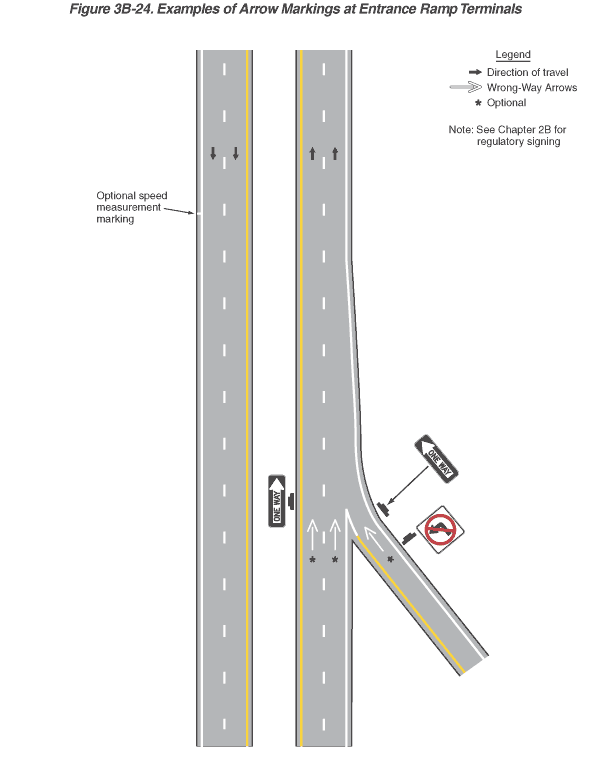
Figure 3B-24. Examples of Arrow Markings at Entrance Ramp Terminals
This figure illustrates examples of arrow markings at entrance ramp terminals.
The figure shows a vertical four-lane divided highway. Black arrows show that the direction of travel is two lanes of traffic in each direction. An optional white speed measurement marking is shown on the shoulder of the southbound roadway.
At the bottom right of the northbound roadway, an entrance ramp is shown joining the right lane of the highway.
A solid yellow line is shown separating the leftmost lane of each direction of travel and the travel lane of the entrance ramp from the adjacent (left) shoulder. A broken white line is shown separating the two lanes of each directional roadway. A solid white line is shown separating the rightmost lane of each direction of travel and the travel lane of the entrance ramp from the adjacent (right) shoulder.
On the entrance ramp, a no left turn symbol sign is shown at the right side of the ramp, facing road users on the ramp, in advance of where the ramp is shown joining the through lane. A One Way sign is shown at the right side of the ramp at the merge point, with the sign face parallel to the entrance ramp. A white wrong-way arrow marked with an asterisk is shown on the pavement between these two signs.
On the northbound roadway, a white wrong-way arrow marked with an asterisk is shown on the pavement in each lane where the entrance ramp is shown joining the highway. A One Way sign is shown at the left side of the northbound roadway where the ramp is shown joining the highway, with the sign face parallel to the northbound roadway.
A legend shows a black arrow indicating the direction of travel in the lanes, an outline arrow to show a wrong-way arrow, and an asterisk to denote optional use. A note states "See Chapter 2B for regulatory signing."
